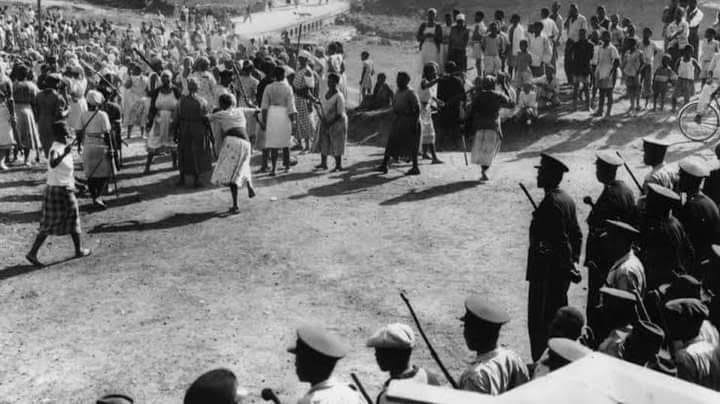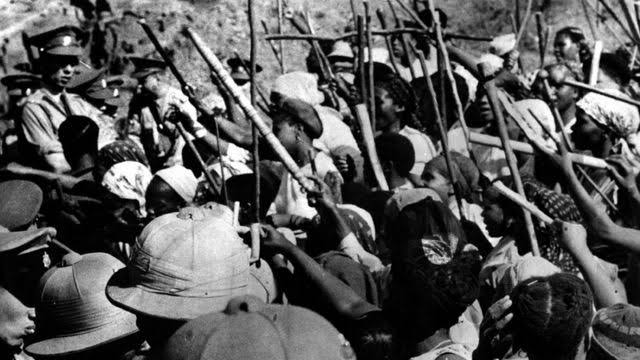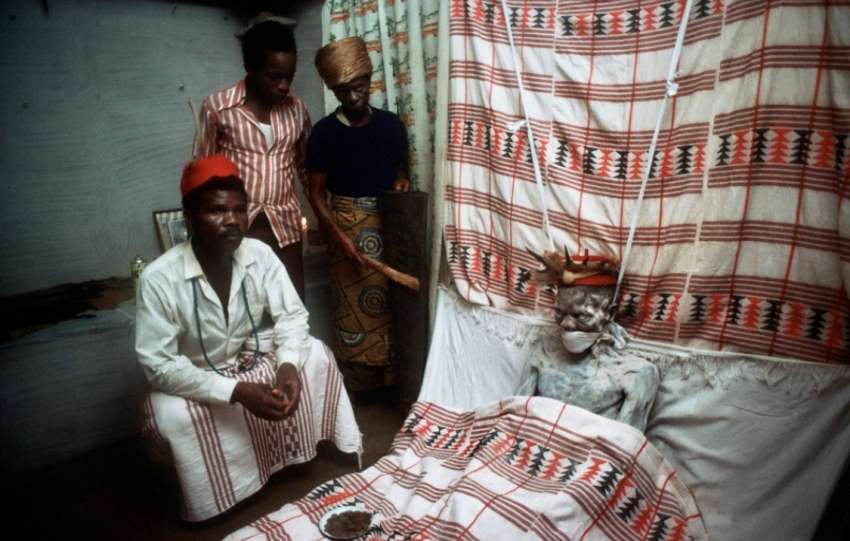
Introduction
The Aba Women’s War, also known as the “Women’s War” in Igbo history, erupted in southeastern Nigeria in late 1929 as Igbo-Ibibio women protested oppressive colonial policies. This uprising, led by market women from Calabar and Owerri Provinces, was one of the most significant challenges to British rule in Nigeria, representing both a feminist and anti-colonial movement.
Origins and Catalyst
The war’s roots trace back to 1914, when British colonial governor Lord Lugard implemented indirect rule through appointed “warrant chiefs,” who began to abuse their authority. Tensions rose when British administrators proposed a tax on Igbo market women, who feared it would harm their livelihoods. The protest began in Oloko on November 18, 1929, when Chief Okugo’s representative demanded a census of livestock and family members, angering a widow named Nwanyeruwa. Her confrontation with the chief’s representative quickly mobilized thousands of women.
Expansion of Protests
The protest spread across Aba, Owerri, Ikot Ekpene, and other towns of the Calabar, Owerri Provinces as women rallied to resist taxation and warrant chief oppression. The protests involved both peaceful “sitting on” chiefs, a traditional form of social censure, and violent resistance. In Aba, the protests intensified, with the destruction of colonial buildings, banks, and factories. British forces responded with violence, resulting in numerous casualties.
 The Aba women protest 1929-1930.
The Aba women protest 1929-1930.Consequences and Legacy
The British government responded by curbing the power of warrant chiefs, canceling the tax plan, and establishing reforms that included appointing women to serve in some judicial capacities. The Aba Women’s War left a lasting legacy, symbolizing the resistance of Nigerian women against colonial oppression and contributing to the decolonization movement in West Africa.
Conclusion
It is an encouraging feature of this unhappy incident that the responsible authorities in Nigeria, as in England, should have been so ready to face the fact that it resulted largely from defects in their government. Here the Aba riots point a moral that is applicable far beyond Nigeria. The difficulties in this region were exceptionally great. But beneath the peculiar local symptoms lie a pathological condition common to the whole of Negro Africa. It is produced by the sudden strain thrown upon primitive communities by the strong, all-embracing pressure of European influence. There are examples in various parts of the world of primitive peoples unexpectedly rebelling after years of apparent acquiescence in European rule, and their conscious purposes often draw strength from what is at bottom an unconscious cultural protest. The reaction may not be expressed in this form; Some tribes endure the stress of change so quietly that their rulers do not observe their difficulties.
One relief for the desire for reassertion is found in the formation of secret societies or of quasi-Christian bodies independent of white control, whose proceedings express at once European influence and an anti-European attitude.
References
Aba Commission of Inquiry. (1930). Notes of Evidence Taken by the Commission of Inquiry Appointed to Inquire into the Disturbance in the Calabar and Owerri Provinces, December 1929.
Aba Women’s Riots (November to December, 1929). Medonice Consulting and Research Institute.
Afigbo, A. E. (1966). Revolution and reaction in Eastern Nigeria: The background to the women’s riot of 1929. Journal of the Historical Society of Nigeria, 3, 123-137.
Afigbo, A. E. (1972). The Warrant Chiefs: Indirect Rule in Southeastern Nigeria, 1891-1929. London: Longman.
Leith-Ross, S. (1939). African Women: A Study of the Ibo of Nigeria. New York: Frederick A. Praeger.
Mba, N. E. (1982). Nigerian Women Mobilized: Women’s Political Activity in Southern Nigeria, 1900-1965. Berkeley: Institute of International Studies, University of California.



